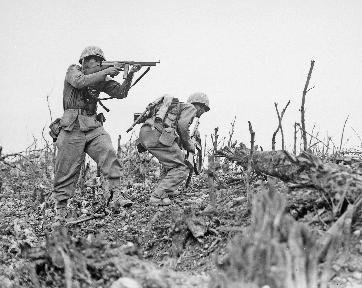Quiz Answer Key and Fun Facts
1. The operation's namesake was a medieval king who ruled the Holy Roman Empire. What was Emperor Barbarossa's first name?
2. When did Hitler approve the Barbarossa plan?
3. The code that allowed German forces to commence Operation Barbarossa was "Dortmund."
4. This 18th century fortress in Belorussia managed to hold out for several days after repeated German attacks. Where was this fortress located?
5. At the beginning of Barbarossa, how many German tanks were estimated to be operational?
6. After several air raids on Soviet airbases, the Luftwaffe had seriously depleted the Soviet Air Force for the next few months. All of these airbases in these cities were effectively wiped out except one. Which of these was it?
7. Fuhrer Directive 33 ordered Army Group Center's 3rd Panzer Group north to Leningrad and 2nd Panzer Group South to Kiev. Which Panzer General openly opposed this plan?
8. What was the significance of the encirclement at Kiev?
9. The offensive on Moscow was given a separate operation from Barbarossa. What is this operation's codename?
10. The minimum amount of military casualties reported on both sides were about...
Source: Author
Panzer_V
This quiz was reviewed by FunTrivia editor
bloomsby before going online.
Any errors found in FunTrivia content are routinely corrected through our feedback system.


